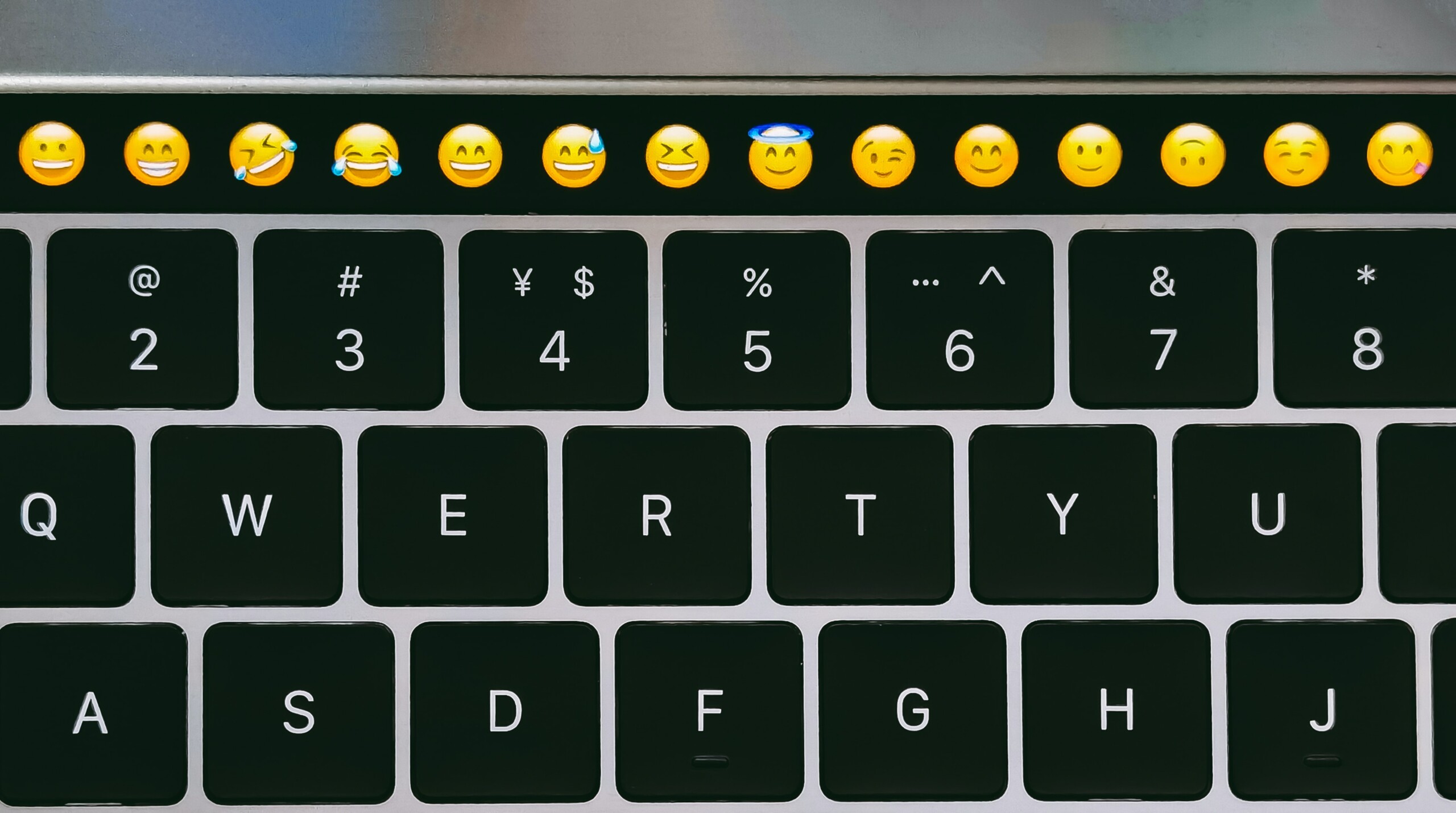Any of various small images, symbols, or icons used in text fields in electronic communication (as in text messages, email, and social media) to express the emotional attitude of the writer, convey information succinctly, communicate a message playfully without using words, etc.
First appearing on Japanese mobile phones in the 90s, emojis spread like wildfire and have since grown to become an integral part of today’s digital communication. We’ve even gone as far as creating a World Emoji Day. Are emojis a language in and of itself? While the answer may be unclear, there’s no doubt our cute and cuddly emoji friends add more context and meaning to our messages.
A study done by Marketing Dive shows that more than 64% of consumers like or love emojis, while only 6% dislike or hate them. With these virtual icons being so positively received, it’s critical that marketers use them wisely and effectively. Here are a few things to consider as you utilize emojis in your day-to-day strategy:
Are They Relevant to Your Brand?
While emojis are universally recognized, this doesn’t necessarily mean your brand should jump on the bandwagon and implement them into every message you put out. Consider your industry and if emojis are appropriate for your target audience. Most emoji users are millennials, so if you’re marketing to executive-level decision-makers, use emojis sparingly; although, B2B brands shouldn’t totally discount the power of emojis. B2B brands should test emojis in their messaging to see if they garner more engagement. On the flip side, if your brand is in the consumer industry, for example, lifestyle, travel, health and beauty, etc., emoji usage is common and even encouraged.

Related: How Brands Can Leverage Social Media Holidays in an Authentic Way
Pick the Right Emojis
Just because emojis are widely used, doesn’t mean they are always interpreted the way we intend. Interestingly enough, we’ve naturally misinterpreted a surprising number of emoji meanings. For instance, did you know that the smiley face emoji with open hands is meant to symbolize hugging? Instead, we often use this emoticon to convey that we are very expressive and excited. Another example is the woman emoji with her left hand pointed out. While we like to use this emoji to covey sassiness, she’s actually an “information desk woman.” Her hand gesture is supposed to symbolize her asking how she can help. Who knew!
More importantly, be careful not to send the wrong message with your emojis. Marketers should research their emoji use when it comes to marketing in new countries and markets with different cultures. You don’t want to accidentally offend your target audience with your emojis. For example, one emoticon you should exercise caution with is the thumbs-up emoji. A sign of approval in the US, the thumbs up emoji is considered an insult in West Africa and the Middle East. When in doubt, do a little research.
Test, Test & Test Some More
When it comes to emojis, you’ll never know if they work unless you try them out. Recently, more brands are experimenting with using emojis in their meta titles on SERPS. While emojis may incite more clicks and engagement, they take up more characters, forcing you to write shorter title tags. Additionally, if Google decides to one-day ban emojis from search, your metadata will likely default to showing code. If you experiment with emojis in your metadata, be sure to keep an eye on Google’s changes to ensure this doesn’t happen. In the meantime, test out emojis and see how your target audience reacts.
Another popular trend is using emojis in your brand’s email marketing strategy, specifically in your subject lines. Of those using emojis in their email subject lines, 56% of brands report achieving higher open rates. However, that leaves 44% of brands including emojis either seeing no difference or a decrease in open rates. In short, keep on testing. You won’t know how your audience will react to emojis in your marketing efforts until you try. As you experiment, make adjustments and keep notes of your results.
As emojis continue to infiltrate our everyday communication, it’s important for marketers to keep an eye on their updates, meanings and trends. Continue to ask yourself if emojis are relevant to your brand’s comms, if you’re using the right emojis for your growing market and what emojis best communicate your message.
Looking to add emoji marketing to your social media marketing strategy? Reach out to our team of digital experts today.



